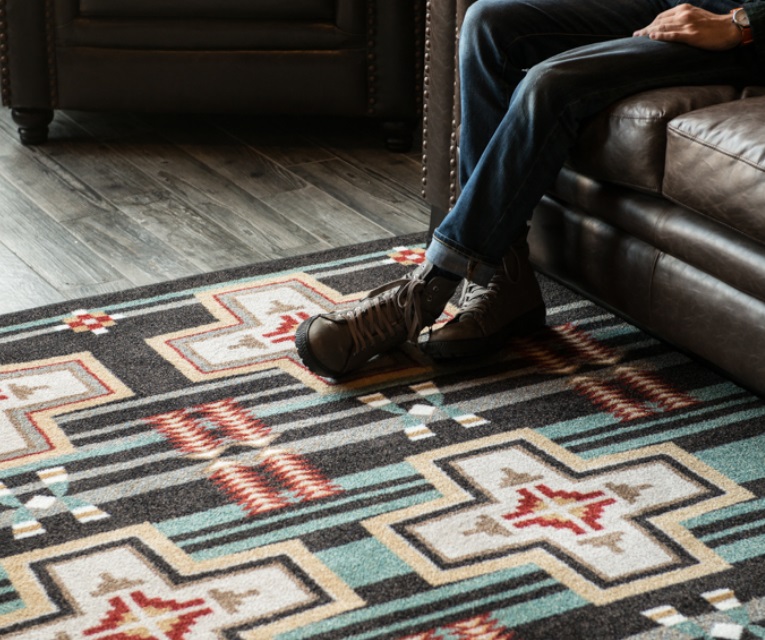
southwestern runner rug
Weaving authentic Navajo rugs takes a lot of work. Apart from raising sheep (which most weavers still do), wool must be spun, cleaned, carded and dyed. Large rugs can take as long as a year to make. You should remember that weaving Navajo rugs is a skill that takes years to master. Boys and girls usually learn weaving when they are children. As they progress, so do their parents. An authentic Navajo rug's cost will depend on its quality, weave and size as well the design. Navajo rugs were woven using the same type of simple loom as the Navajo used for 300 years.


